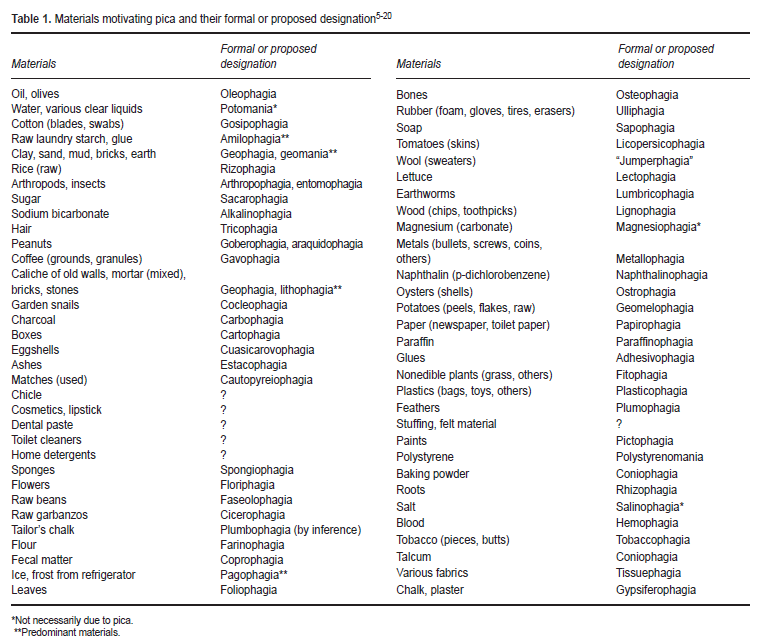History
History (1 of 10 slides)

History (2 of 10 slides)
A 26 year-old woman presented to her primary care physician with compaints of increasing fatigue over the past 4 months. She had a complete blood count that showed anemia and iron studies that suggested iron deficiency. She is referred to you for further workup. When you question her, she admits to shortness of breath on exertion, which is new. She was diagnosed with iron deficiency 10 years earlier and was treated at the time with oral iron for about 6 months. She is currently not taking any medications. She does not drink alcohol and has never smoked. You next ask her about other general symptoms of anemia (choose from the list on the next slide).
What symptoms are associated with anemia, regardless of its cause?
History (3 of 10 slides)
What symptoms are associated with anemia, regardless of its cause?
History (4 of 10 slides)
Your patient admits to having palpitations on exertion. She is experiencing throbbing headaches, especially in the temporal and frontal regions. She is no longer able to exercise like she used to.
History (5 of 10 slides)
Let’s take a look at symptoms of anemia from a pathophysiological standpoint:
Oxygen delivery = cardiac output x oxygen content of blood
- Cardiac output (L/min) = stroke volume (ml/beat) x heart rate (beats/min)
- Oxygen content of blood = Hb (g/dL) x oxygen saturation (%) x 1.34 ml O2/g Hb + (0.0031 x PaO2)
- (0.0031 x PaO2) is the amount of oxygen dissolved in plasma and is so negligible that we can ignore it
So, now we can rewrite the formula:
Oxygen delivery = [stroke volume x heart rate] x [Hb (g/dL) x oxygen saturation x 1.34 ml O2/g Hb]
In anemia, the hemoglobin is low. That means reduced oxygen content and oxygen delivery to tissues. Low oxygen delivery accounts for the fatigue (and sometimes listlessness, somnolence and chest pain). As a result, the body tries to compensate by improving oxygen saturation, causing shortness of breath on exertion and increasing stroke volume and heart rate, leading to palpitations.
History (7 of 10 slides)
In addition to general symptoms of anemia, there are symptoms that are specific to different causes of anemia. What specific symptoms of iron deficiency anemia would you ask the patient about (next slide)?
Which symptoms are caused by iron deficiency (even in the absence of anemia)?
History (8 of 10 slides)
Which symptoms are caused by iron deficiency (even in the absence of anemia)?
Notes

Bol Med Hosp Infant Mex 2013;70:55
Your next line of questioning should be:
History (9 of 10 slides)
Your next line of questioning should be:
History (10 of 10 slides)
You ask about a history of symptoms of causes of iron deficiency. In general terms, these include causes associated with increased loss (bood loss), decreased gastroinotestinal absorption or increased demands (for example in patients with multiple pregancies).
Your patient states that her periods are regular but heavier than usual (she uses about 8 tampons on her heavy days). She has no other bleeding symptoms. She has not had stomach bypass surgery. She has never been pregnant.
Now we are ready for the physical exam!
